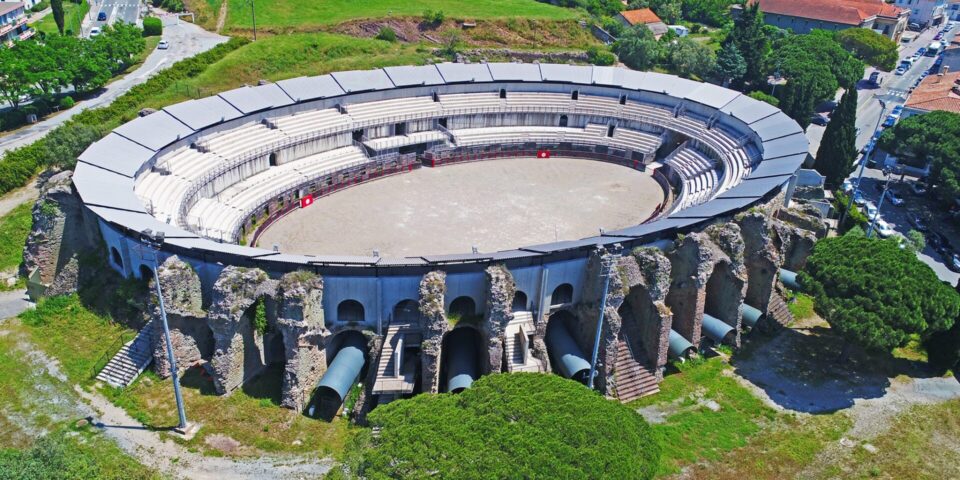- admin
- The best of France and its regions, Occitanie, Provence Alpes Côte Azur, Your guide: a committed professional
Visit Frejus France : The must-sees
Fréjus, located on the stunning French Riviera, is a captivating coastal town that effortlessly blends rich history with modern charm. Nestled in the heart of the Provence-Alpes-Côte d’Azur region, this ancient settlement boasts a vibrant tapestry of cultural heritage and natural beauty. One of Fréjus’s standout features is its Roman legacy, evident in the remarkably well-preserved ancient ruins, including an amphitheater and aqueduct. These archaeological wonders transport visitors back in time, offering a glimpse into the town’s illustrious past.
The town’s enchanting Mediterranean coastline is another major draw. Fréjus boasts several pristine sandy beaches, where locals and tourists alike can soak up the sun, swim in the azure waters, or partake in various water sports. The picturesque Old Town, with its charming cobblestone streets, quaint shops, and delectable cafes, invites wanderers to explore its quaint alleyways. Additionally, Fréjus is a gateway to the beautiful Massif de l’Esterel, a mountain range featuring hiking trails that provide breathtaking panoramic views of the Mediterranean Sea.
Fréjus’s appeal extends beyond its historical and natural attractions. It’s a town that effortlessly marries tradition with modernity, offering a diverse range of cultural events, festivals, and a thriving culinary scene. Visitors can savor exquisite Provençal cuisine in local restaurants or indulge in fresh seafood at seaside eateries. Whether you seek relaxation on the beach, exploration of ancient history, or a taste of French Riviera living, Fréjus offers a captivating experience that leaves a lasting impression on all who visit.
Visit Frejus France : Our best tips !
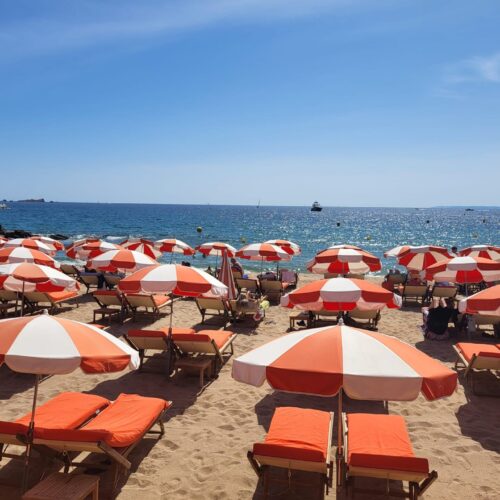
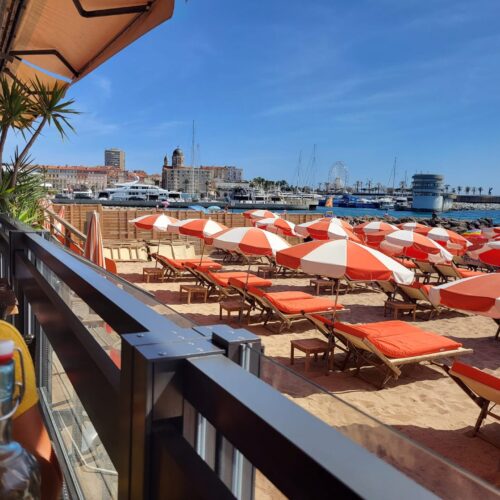
The sandy beaches of Fréjus Plage are a true paradise along the French Riviera. Stretching for approximately four kilometers along the Mediterranean coast, these beaches are renowned for their golden sands and crystal-clear waters. Fréjus Plage offers a delightful escape for both locals and tourists seeking sun, sea, and relaxation.
The beaches here cater to a variety of preferences. Families can appreciate the gentle slope of the shoreline, making it safe for children to swim and play. Sunbathers can bask in the warm Mediterranean sun on rental beach loungers or spread out on their towels. Water sports enthusiasts can enjoy activities like jet skiing, paddleboarding, and parasailing, adding an exciting dimension to their beach experience.
Along the promenade, you’ll find a range of beachfront cafes, bars, and restaurants serving delicious seafood, refreshing cocktails, and local specialties. The vibrant atmosphere makes it an ideal spot to unwind after a day of sun-soaked leisure. As evening falls, the beaches transform into picturesque settings for romantic strolls, with the sound of the waves providing a soothing soundtrack to your coastal getaway.
Fréjus Plage is not just a place to sunbathe; it’s a destination to savor the Mediterranean lifestyle, where the beauty of nature meets the pleasures of beachside living. Whether you’re looking to swim, relax, or simply take in the breathtaking views, these sandy shores have something to offer everyone who visits.
Visit the Saint Leonce Church in Frejus France
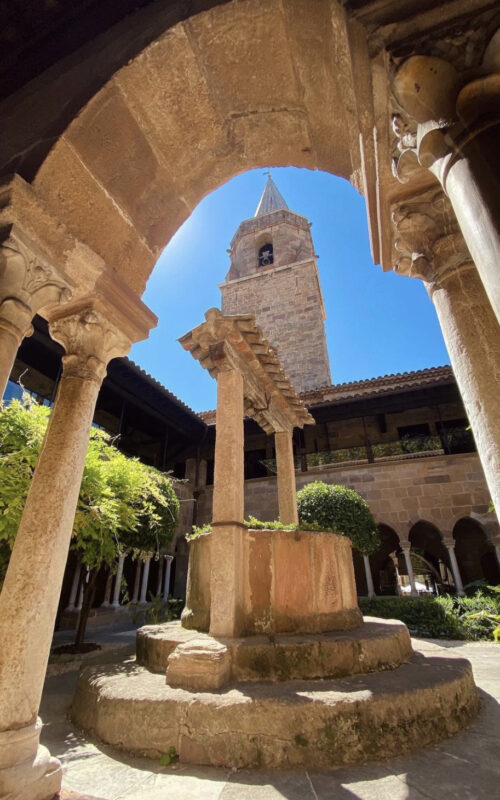
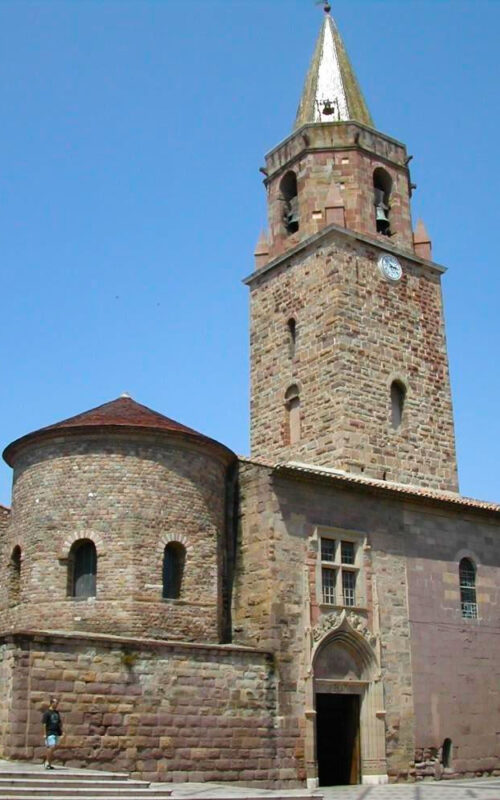
Visiting the Saint-Léonce Church in Fréjus is a journey through time, offering a glimpse into the rich history of this charming town on the French Riviera. Here’s what you can expect when you visit this historical gem:
1. Historical Significance: The Saint-Léonce Church is a significant religious site with roots dating back to the 5th century. It was originally constructed as a basilica, and over the centuries, it has been renovated and expanded. As you approach the church, you’ll notice its striking Romanesque architecture, characterized by its robust stone walls and elegant arches.
2. Architectural Features: Step inside to admire the church’s architectural details. The interior is a harmonious blend of Romanesque and Gothic styles, with vaulted ceilings and beautifully crafted stone columns. Don’t miss the intricately carved wooden pulpit and the ornate stained glass windows, which add to the church’s timeless appeal.
3. Artistic Treasures: Saint-Léonce Church houses a collection of religious art and artifacts. Look for exquisite paintings, sculptures, and religious relics that provide insight into the town’s cultural and religious heritage. The church’s altar is often a focal point of these artistic displays.
4. Peaceful Atmosphere: As you explore the church, you’ll likely find a sense of tranquility and serenity that is characteristic of many historic religious buildings. Take a moment to sit quietly and soak in the spiritual atmosphere that has been maintained for centuries.
5. Surrounding Area: After your visit to the Saint-Léonce Church, take a stroll through the surrounding area. You’ll discover the charming Old Town of Fréjus, with its narrow streets, quaint shops, and cozy cafes. This area is perfect for leisurely walks and offers opportunities to immerse yourself in the town’s ambiance.
Visiting the Saint-Léonce Church in Fréjus is not only an opportunity to appreciate its historical and architectural significance but also a chance to connect with the town’s rich cultural heritage. Whether you’re interested in history, art, or simply seeking a peaceful retreat, this church is a must-see attraction in Fréjus.
Explore the Roman heritage in Frejus France
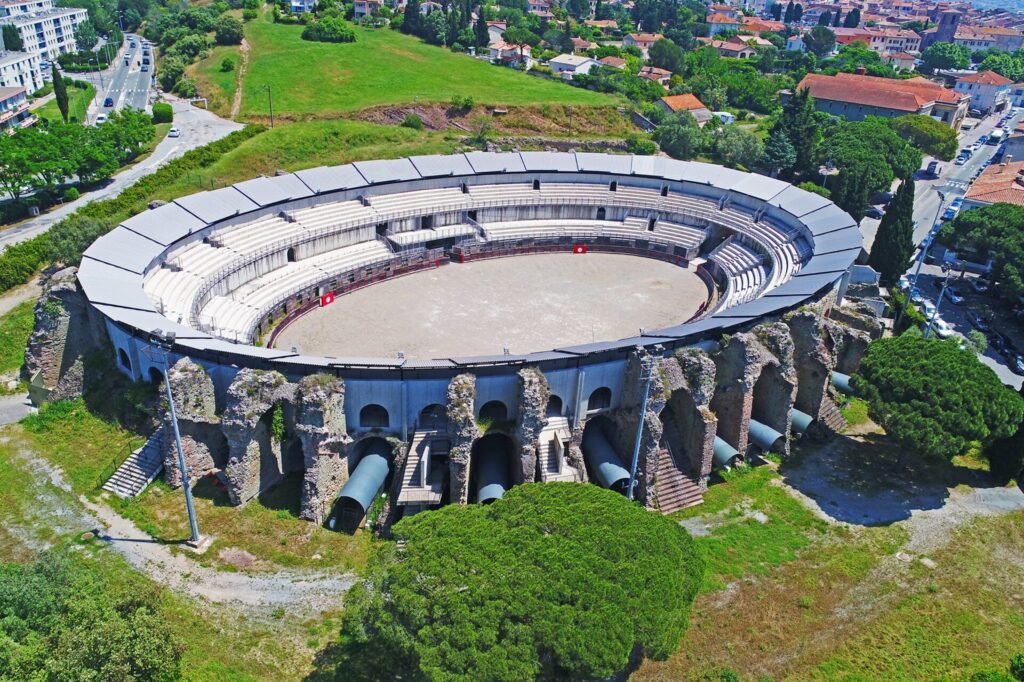
The Roman Amphitheater in Fréjus, France, is a captivating historical site that offers a glimpse into the town’s Roman past. Here’s what you can expect when you visit this remarkable amphitheater:
1. Ancient Splendor: The Roman Amphitheater, also known as the Arènes de Fréjus, is a well-preserved relic from the Roman era. Built in the 1st century AD, it was once a grand arena used for various events, including gladiator contests and other forms of entertainment. The amphitheater’s elliptical shape and towering stone walls are a testament to the architectural prowess of the ancient Romans.
2. Architectural Features: As you explore the amphitheater, you’ll be struck by its impressive scale. The seating area could accommodate thousands of spectators, and the arena itself is a vast space that once hosted thrilling and often brutal spectacles. You can still see the stone tiers where the audience would have sat and the arena where the action unfolded.
3. Historical Significance: The Roman Amphitheater is not just a relic of ancient architecture; it’s also a significant historical site that sheds light on the Roman presence in the region. It’s a tangible link to Fréjus’s Roman heritage and a reminder of the town’s importance during that era.
4. Cultural Events: Today, the amphitheater is occasionally used for cultural events, including concerts and theatrical performances. These modern-day events allow visitors to experience the venue’s unique ambiance while enjoying contemporary entertainment.
5. Scenic Views: Beyond the historical significance, the Roman Amphitheater also offers breathtaking panoramic views of Fréjus and its surroundings. Climbing to the top rows provides an opportunity to capture stunning vistas of the Mediterranean Sea and the town nestled amidst the Provençal landscape.
6. Visitor Experience: When visiting the amphitheater, you’ll likely find informative displays and signage that provide historical context. Consider taking a guided tour to gain deeper insights into the site’s history and significance.
The Roman Amphitheater in Fréjus is a must-visit for history enthusiasts, architecture aficionados, and anyone interested in experiencing the grandeur of ancient Roman civilization. It’s a remarkable testament to the enduring legacy of the past in this picturesque town on the French Riviera.

